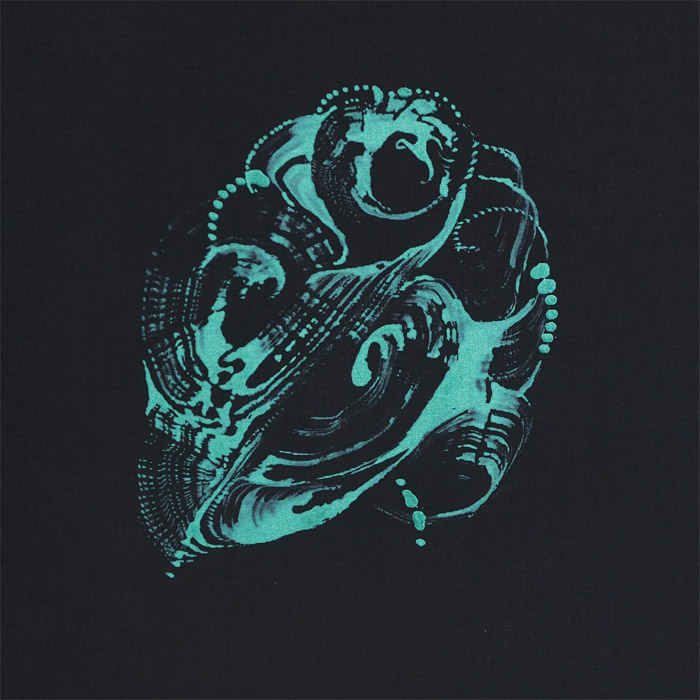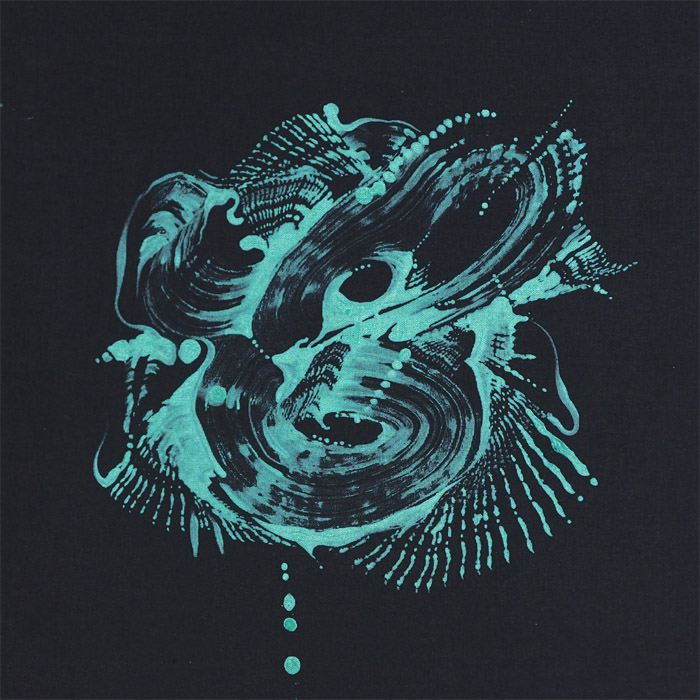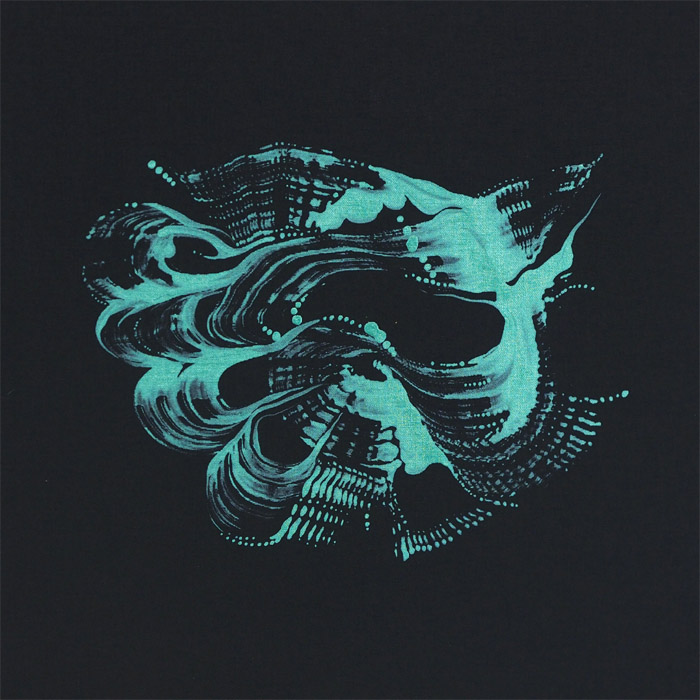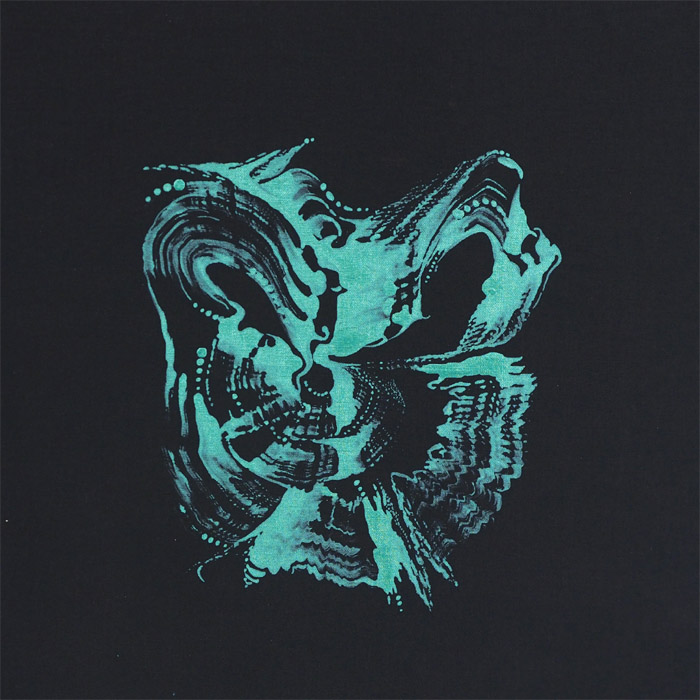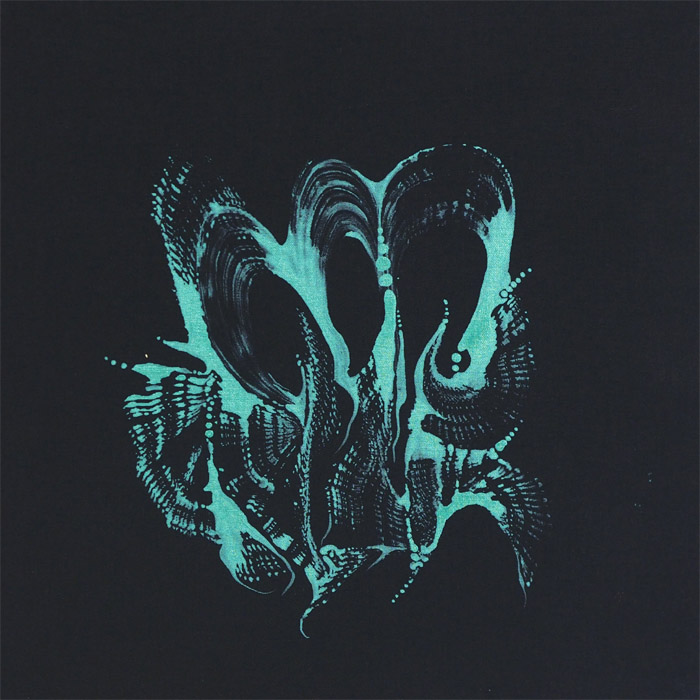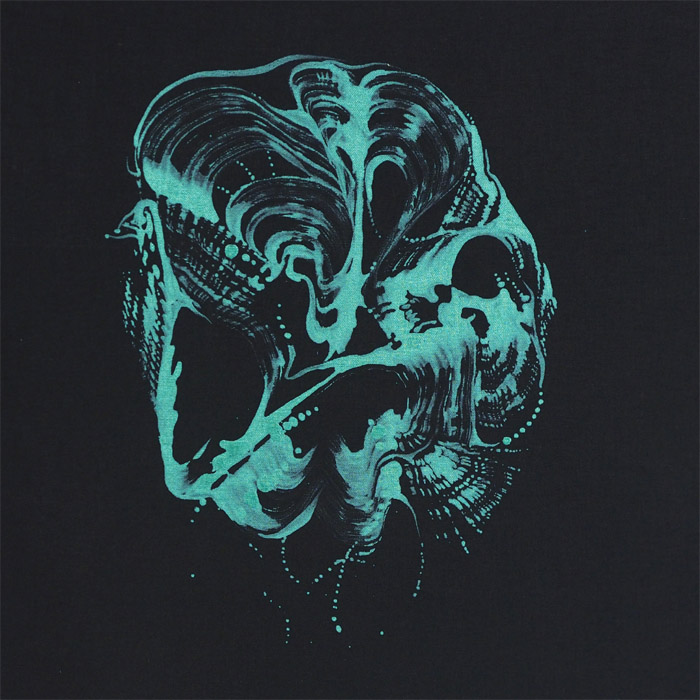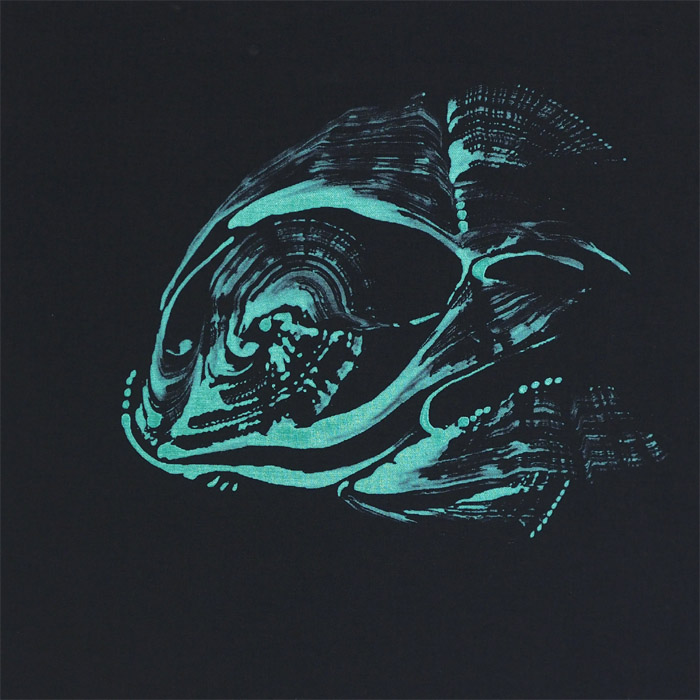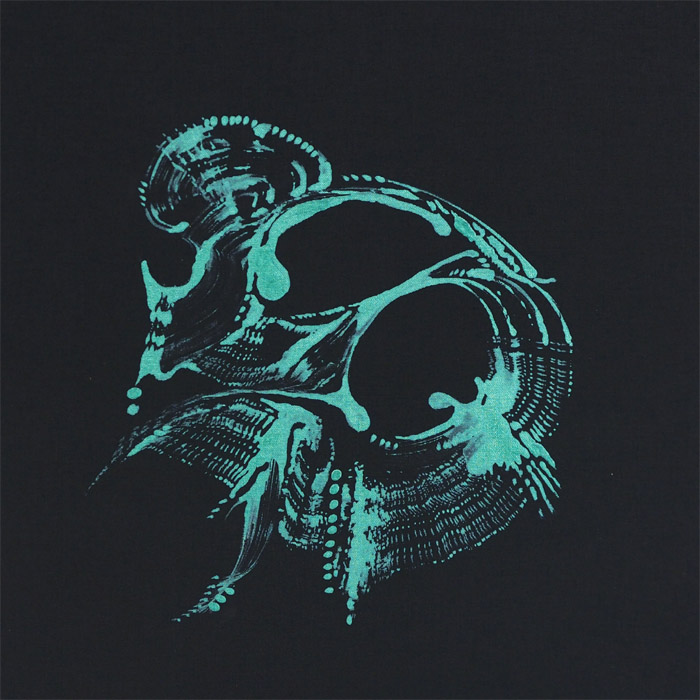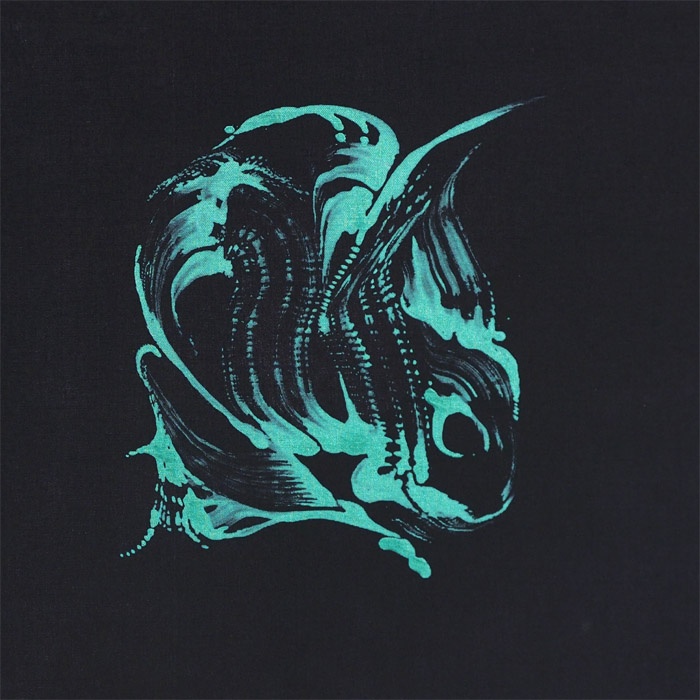TRANSHUMAN VISIONS abstract portraits
TRANSHUMAN VISIONS abstract portraitsJan Astner does not enter into the philosophy of transhumanism itself. But these faces or what’s left of them make me pensive. If we are going in this direction, or rather because we are going in this direction: the direction of human transition, which is unimaginable for most of us at the moment, the transition perceived by the followers of transhumanism as a higher, better human form, then we will gradually create , at least some of us, an alternative virtual reality in which we will long to return to … ourselves … Jan Astner’s paintings from the TRANSHUMAN VISIONS are a series of abstract portraits. The basis of their creation are the artist’s thoughts on transhumanism. Transhumanism is a general approach to changes resulting from technicization. It concerns specific changes in the contemporary world. It is a result of the technoscience of progress in the field of artificial intelligence. This approach theoretically and abstractly designs visions and models regarding the shape of the world of the future. Transhumanism in artJan Astner himself reflects on the consequences of progress, in the technical, social and cultural aspects. He notes that transhumanism touches upon a fundamental problem: the future of man and the world. Transhumanism abandons the concept of man as being, in favor of a post-species form that is a result of unlimited technological progress. Jan Astner in his abstract portraits is asking an essential question – who will we be? Portrait has strict rules. It has to be liked by the portrayed person. Astner, in his abstract portraits, denies this. He denies by giving a choice. He multiplies portraits, multiplies, creates variations. He changes colors, changes the background. Once it has the color of frozen blood. In another image it is technically aluminum. In another it is matte black, absorbing all the light. Other times shiny, reflecting light. He asks us the question: not whether we want to choose, but whether we have a choice. Who will be the man of tomorrow. Because what he will look like is important to us today. Tomorrow may be otherwise. |
